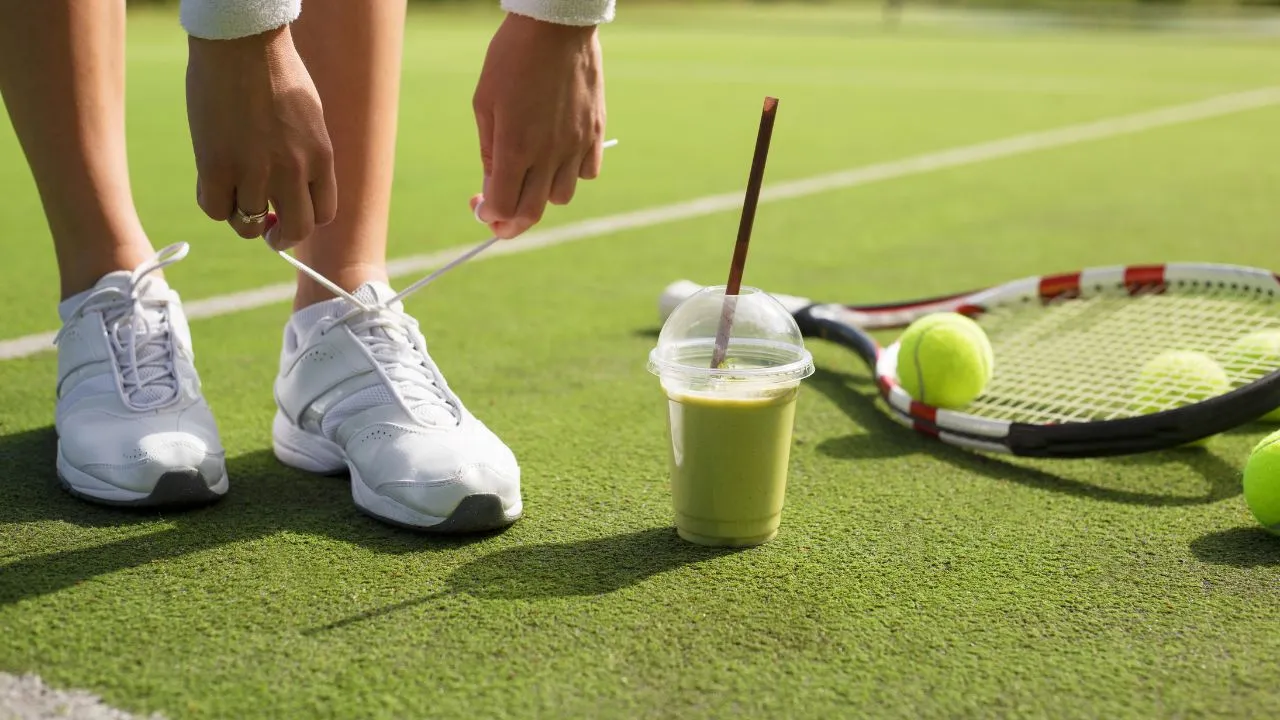Introduction
Not everyone has a hitting partner available all the time, but that does not mean you have to skip practice. Tennis can be played and enjoyed alone through creative drills and exercises. Practicing by yourself helps improve consistency, technique, and fitness while keeping your skills sharp. Here are several ways you can play tennis alone and continue improving your game.
Wall Practice
One of the most effective ways to practice tennis alone is by hitting against a wall. The ball comes back quickly, forcing you to stay alert and maintain good rhythm. Start with forehands and backhands, alternating sides to build balance. Gradually, you can increase pace, add slices, or practice volleys. Wall practice is also excellent for footwork because it requires constant movement.
Serving Drills
Serving is the only shot in tennis that does not require an opponent. Practicing your serve alone allows you to focus on technique, accuracy, and consistency. Bring a basket of balls and aim for specific targets in the service box. Try to hit different areas—wide, body, and down the T. This not only improves accuracy but also builds confidence for real matches.
Shadow Swings
Even without a ball, you can rehearse strokes by performing shadow swings. Focus on proper grip, smooth swing paths, and balanced footwork. Shadow practice helps reinforce muscle memory, making your shots more reliable during real play. It is also a good warm-up before more intense drills.
Ball Machine Training
If available, a ball machine is one of the best tools for solo practice. It allows you to work on different shots at different speeds, spins, and placements. You can set it for baseline rallies, approach shots, or volleys. Ball machine sessions replicate real-game conditions and provide valuable repetition.
Fitness and Footwork Exercises
Playing tennis requires strong footwork, agility, and endurance. You can train these skills alone by setting up cones or markers and practicing movement patterns such as side steps, sprints, and split steps. Incorporating fitness drills like skipping rope, sprint intervals, or ladder drills will improve court coverage and stamina.
Mental Practice
Tennis is not just physical; it is also a mental game. Practicing alone gives you time to work on concentration and visualization. Picture yourself playing points, imagine strategies, and rehearse how you would respond to different situations. Mental practice builds confidence and prepares you for real competition.
Recording Your Practice
With a smartphone or camera, you can record your solo sessions. Watching your strokes later helps identify mistakes and track improvement over time. Many professional players use video analysis as part of their training.
Setting Goals
To make solo practice effective, set small, measurable goals. For example, aim to hit 50 serves in a row without missing, rally against the wall for two minutes straight, or complete a set of footwork drills without errors. Clear goals make practice sessions structured and motivating.
Conclusion
Playing tennis alone is not only possible but also highly productive. From wall drills and serving practice to fitness training and mental preparation, there are many ways to keep improving without a partner. By staying consistent and creative, solo sessions can sharpen your skills and make you a stronger player the next time you step on court with an opponent.

